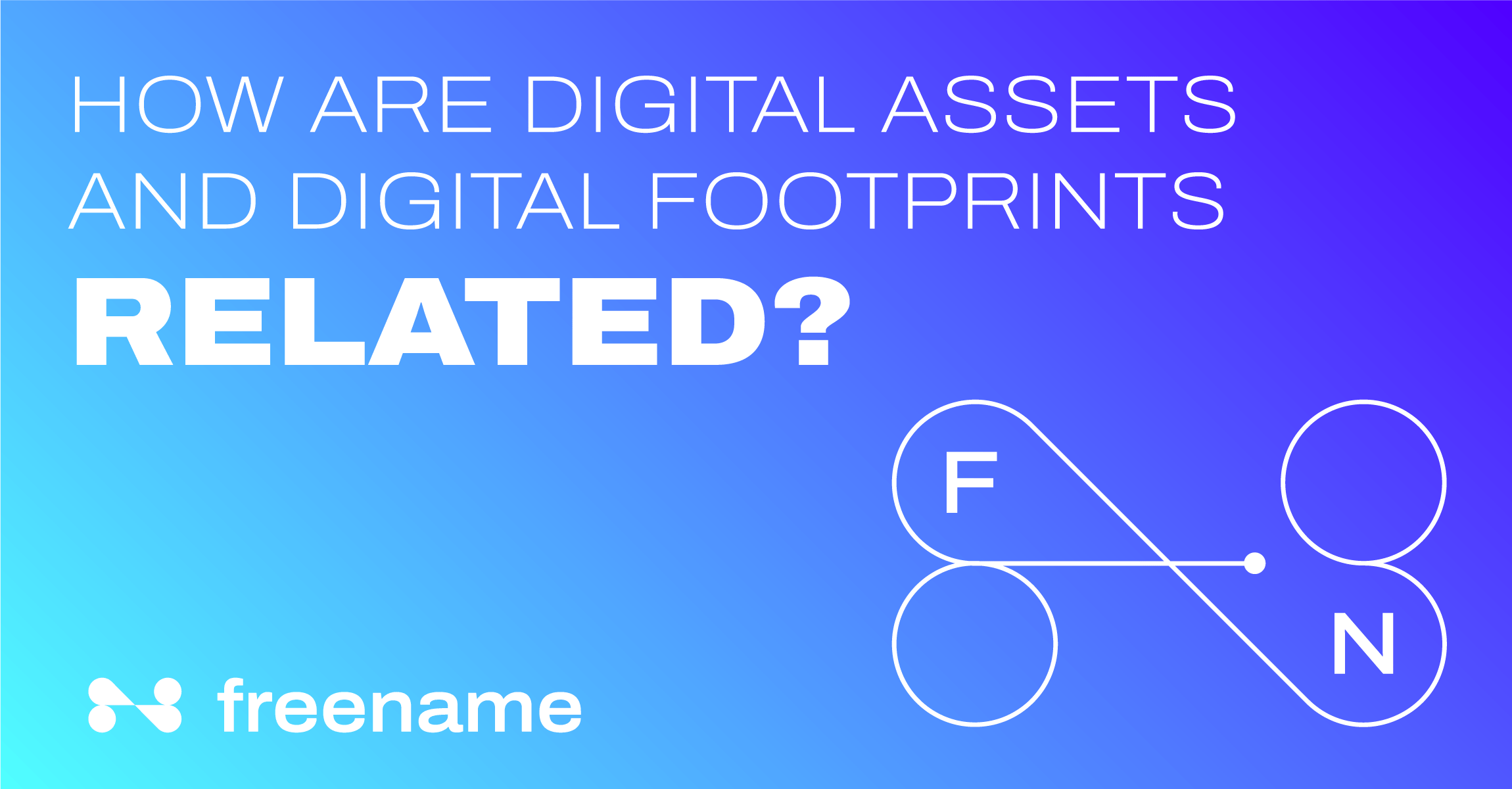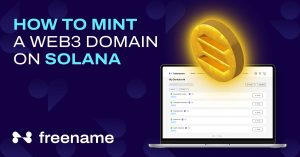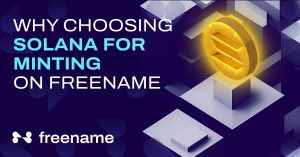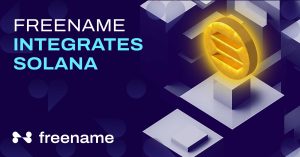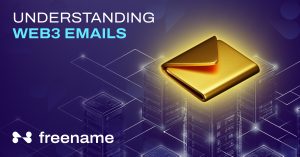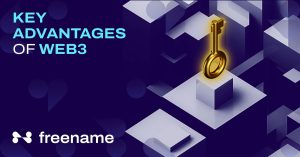How Are Digital Assets And Digital Footprints Related
Our online presence is more than just a footprint; it’s a legacy we leave behind on the internet. This legacy is comprised of digital assets and digital footprints, two concepts that are deeply intertwined yet often misunderstood.
Digital assets refer to any content, personal or professional, that we create, own, or have rights to online. These can range from social media accounts to websites, digital photos, and beyond. On the other hand, digital footprints are the traces we leave online, often without realizing it. Every comment, like, share, or search contributes to this digital shadow that outlines our virtual selves. Understanding how digital assets and digital footprints are related is crucial not only for managing our online identity but also for protecting our privacy and shaping how we are perceived online.
This article aims to shed light on the intricate relationship between digital assets and digital footprints, exploring their implications on our lives and offering strategies to manage them effectively in the context of the evolution of the Web.
What Are Digital Assets?
Digital assets refer to any online content that individuals or organizations own or have control over. This includes a wide variety of materials such as images stored in cloud services, articles on personal websites, and videos posted on social media platforms (including your NFTs collection, estate on Metaverse, various tokens and cryptocurrencies like Bitcoin, Ethereum, USDT, Tether, Non-fungible tokens (NFTs), such as works of art, collectibles, or items used in video games or the virtual world, Web3 domain names, etc).
These assets are valuable in several ways – they can hold sentimental worth, embody intellectual property, or represent financial investments. As such, they are a crucial component of our digital identity and presence, reflecting personal or professional interests and activities in the digital space.
What Are Digital Footprints?
At its core, a digital footprint is the record of our interactions and behaviors online. Unbeknownst to many, every online activity—from the seemingly trivial act of liking a photo to the more significant one of posting a blog—leaves a trace. These digital footprints can be passive, such as the data collected by websites about visitor behavior, or active, which includes the content we deliberately share or post online.
Digital footprints are created through a gigantic amount of online activities. Using search engines, commenting on forums, engaging on social media, and even just browsing websites contribute to the digital traces we leave behind.
Digital footprints fall into two distinct categories:
- Passive, where data is generated without the user’s conscious action, often through browsing and interaction with digital platforms;
- Active, where a user deliberately shares personal information, like posting on social media or registering on websites.
Both types contribute to the digital persona visible online. These footprints are not just fleeting moments; they are recorded, stored, and often publicly accessible, painting a detailed picture of our preferences, opinions, and habits over time.
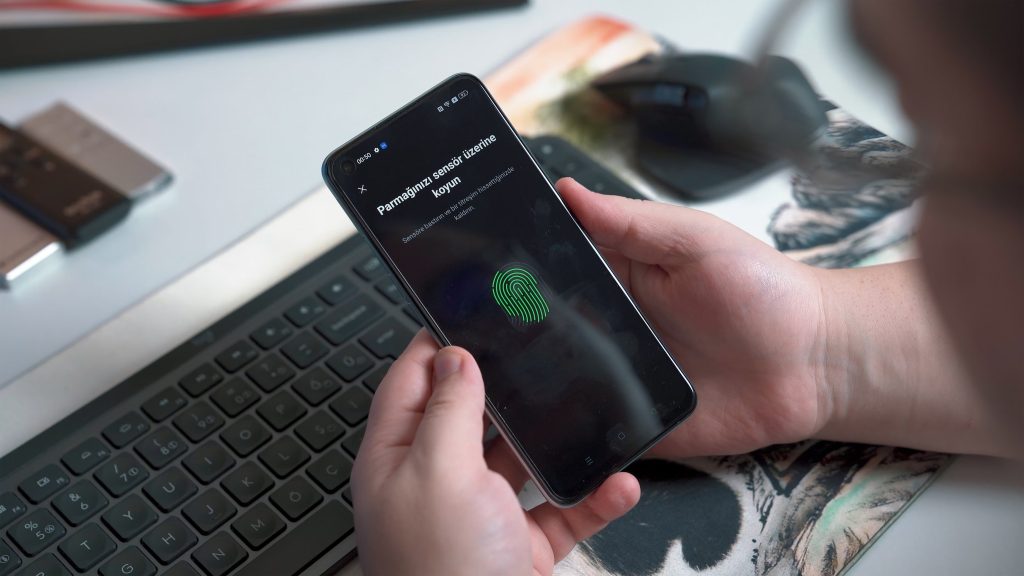
The Relationship Between Digital Assets and Digital Footprints
Now that we know what they are, it’s clear that the relationship between digital assets and digital footprints is symbiotic. Digital assets contribute to the formation of our digital footprints, which in turn, reflect the sum of our online interactions, including those involving our assets. This interconnectedness underscores the need for a strategic approach to digital identity management.
How Digital Assets Contribute to Digital Footprints
Every digital asset we create or share online leaves a marker, adding to our digital footprints. For instance, publishing a blog post not only adds to our portfolio of digital assets but also leaves a traceable path back to our online presence. Similarly, uploading photographs, participating in online forums, or even engaging in e-commerce transactions adds layers to our digital footprints, making our online activities more traceable and visible.
Consider social media profiles, one of the most prominent types of digital assets. These profiles are not static; they are living, breathing extensions of our identity, constantly evolving with each post, like, and share. This ongoing interaction contributes to a larger digital footprint, offering insights into our personal and professional lives. Another example is a professional portfolio or personal website. Each piece of content added not only enriches the asset but also expands the digital footprint, affecting how we are discovered, viewed, and engaged with online.
Consequences Of Digital Assets And Digital Footprints
The relationship between digital assets and digital footprints carries significant implications, especially concerning privacy, reputation management, and legal considerations. Navigating this interconnected digital landscape requires not only awareness but also a proactive stance towards managing our online presence.
Privacy Concerns
One of the most pressing implications of this relationship is the impact on individual privacy. As digital footprints expand, they often encompass personal information that individuals might not intend to be public. This expansion occurs through the accumulation of digital assets, from social media posts to online transactions, each adding layers of information that are accessible to various entities, including marketers, potential employers, and cybercriminals. The challenge lies in balancing the benefits of an online presence with the need to protect personal information from misuse.
Professional and Personal Reputation Management
Digital footprints directly influence an individual’s reputation. In the professional realm, employers increasingly turn to the internet to gauge potential employees’ suitability, examining their digital footprints for insights into their character, habits, and professionalism. Similarly, on a personal level, the content associated with one’s digital assets can affect relationships and social opportunities. Managing these assets and the resulting footprint is essential for maintaining a positive online reputation, requiring individuals to be mindful of the content they share and engage with.
Legal Implications
The relationship between digital assets and digital footprints also extends into the legal domain. Copyright issues can arise from the improper use or sharing of digital content, leading to legal repercussions. Additionally, the digital footprint left by individuals can sometimes be used as evidence in legal proceedings, for better or worse. Understanding the potential legal implications of one’s online activities and digital asset management is crucial for navigating the digital world safely and responsibly.
The Impact of Digital Footprints
Digital footprints wield a significant dual impact on individuals’ online and offline lives. On the positive side, they play a crucial role in establishing a strong online reputation, fostering trust, and enabling secure communication between parties.
By showcasing one’s expertise, authenticity, and achievements, digital footprints can open doors to professional opportunities and personal connections. However, the negative aspects cannot be overlooked; they expose individuals to privacy risks, necessitating the adoption of privacy-enhancing technologies to safeguard personal information.
Moreover, digital footprints can be a double-edged sword, facilitating targeted advertising that borders on intrusive, increasing the risk of identity theft, and leading to potential privacy infringements.
This dichotomy underscores the importance of managing digital footprints with care to harness their benefits while mitigating their risks.
To summarise:
Positive Impact:
- Establishing a strong online reputation.
- Fostering trust and enabling secure communication.
- Showcasing expertise, authenticity, and achievements.
Negative Impact:
- Exposing individuals to privacy risks.
- Necessitating privacy-enhancing technologies for protection.
- Facilitating targeted advertising, identity theft, and privacy infringements.
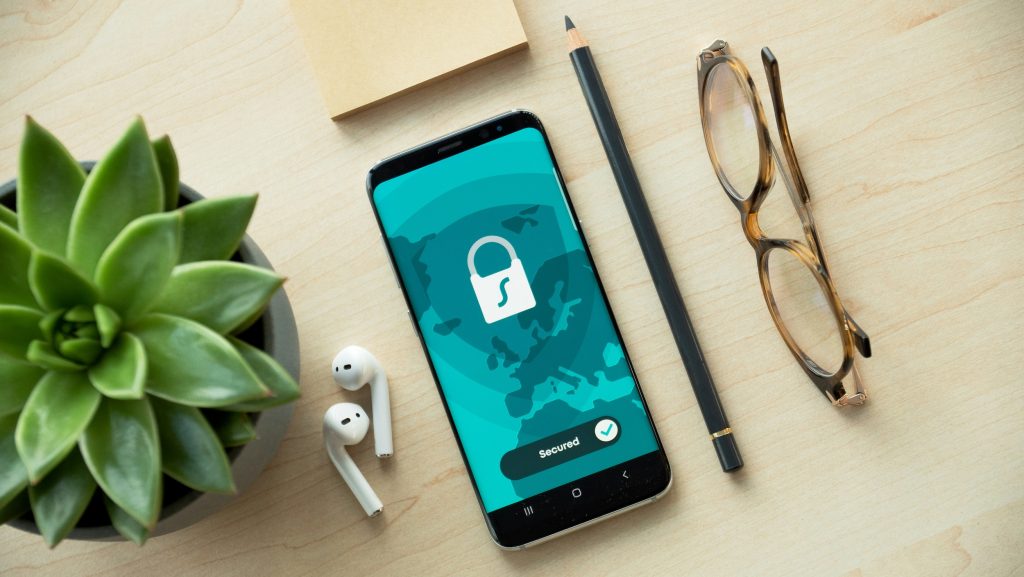
Blockchain and Digital Asset Management
Blockchain technology has revolutionized digital asset management by introducing a decentralized, secure, and transparent way to track and manage assets.
This innovation allows for the creation, exchange, and management of digital assets without the need for traditional intermediaries, such as banks or brokers. With blockchain, every transaction is recorded on a ledger that is immutable and accessible to all participants, ensuring transparency and trust. This shift not only reduces the risk of fraud and errors but also streamlines operations, making the management of digital assets more efficient and cost-effective.
As a result, blockchain is increasingly being adopted across various sectors, including finance, real estate, and the arts, to manage digital currencies, property titles, and intellectual property, among other assets.
This breakdown from PWC provides a good explanation on how blockchain technology works and why it’s safe.
Strategies for Managing Digital Assets and Digital Footprints
In navigating the complexities of digital assets and digital footprints, adopting strategic management practices is paramount. These strategies not only protect privacy and reputation but also enhance one’s online presence.
Tips for Safeguarding Digital Assets
- Regular Audits: Conduct regular audits of your digital assets to ensure they are secure and accurately reflect your desired online persona. This includes reviewing privacy settings on social media, updating passwords, and removing outdated or irrelevant content.
- Mindful Sharing: Be mindful of the information you share online. Consider the long-term implications of posting personal details, opinions, or images. It’s crucial to remember that once something is online, it can be difficult to erase.
- Utilize Privacy Settings: Make full use of the privacy settings available on various platforms to control who can see your content. Adjust these settings to strike a balance between visibility and privacy.
Best Practices for Controlling and Improving Digital Footprints
- Positive Content Creation: Actively contribute positive, professional content to your digital assets. This can include blog posts, professional achievements, and contributions to discussions in your field. Positive content can overshadow any negative aspects of your digital footprint.
- Engage Wisely: Engage online in a manner that reflects positively on you. This includes thoughtful comments, shares, and interactions that contribute value to discussions.
- Monitor Your Online Presence: Use tools and services to monitor your digital footprint. Google Alerts, for instance, can notify you when your name or chosen keywords are mentioned online, allowing you to stay on top of how you’re perceived online.
The Future Of Footprints and Assets
The complex yet essential relationship between digital assets and digital footprints is crucial for navigating the digital environment. Digital assets are the content we create and share online, whereas digital footprints are the traces we leave behind. Each significantly influences the other in shaping our online identity. Understanding this interaction is key to managing how we are viewed online, protecting our privacy, and ensuring our digital legacy accurately represents us.
As technology advances, managing digital assets and footprints becomes increasingly complicated. The growth of interconnected devices and the escalation of cybersecurity threats highlight the critical need to secure personal data and valuable electronic assets.
As we look to the future, the importance of proactive digital identity management is undeniable. Staying informed about technological developments and implementing effective management strategies will enable individuals and businesses to navigate the digital landscape with assurance and protection. The digital world is continuously evolving, along with the ways we interact with it. Embracing this change and taking control of our digital assets and footprints is not merely beneficial—it’s imperative for success in the digital age.
Web3 and the Evolution of Digital Identity: Owning Your Footprints and Assets
Web3, with its decentralized architecture, is reshaping the landscape of digital footprints and assets, offering a new level of control and ownership over our online presence. In this emerging paradigm, digital assets become more than just content or currency; they embody our interactions, transactions, and even identities on the blockchain.
This technology ensures that while our digital footprints become immutable records of our actions and transactions, they also empower us with unprecedented privacy and security.
Through Web3, users can truly own their digital assets, from art and music to virtual real estate, without the oversight of central authorities, thereby weaving a new tapestry of digital identity that is both transparent and protected. This shift not only challenges the traditional model of digital footprints but also redefines our relationship with the digital world, making our online actions more meaningful and our assets genuinely ours.
Digital Assets and Digital Footprints: FAQs
What is the difference between digital assets and digital footprints?
Digital assets are any form of content or media that has been created and stored digitally. This includes photographs, videos, articles, and social media content that you’ve produced or own the rights to. Digital footprints, on the other hand, refer to the trail of data you leave behind while using the internet. This includes websites visited, emails sent, and information submitted online. While digital assets are intentionally created, digital footprints can be both intentionally and unintentionally left behind.
How do digital assets affect my digital footprint?
Digital assets contribute significantly to your digital footprint because every piece of content you create and share online leaves a trace. For instance, posting a photo on social media not only adds to your collection of digital assets but also expands your digital footprint, making it a part of the public record that can be seen, shared, or even copied.
Can managing my digital assets help control my digital footprint?
Yes, actively managing your digital assets is a key way to control your digital footprint. By being selective about what you share online, regularly reviewing and removing old or unnecessary content, and using privacy settings on social media platforms, you can limit the visibility of your digital assets and, by extension, reduce your digital footprint.
Why is it important to be aware of the relationship between digital assets and digital footprints
Understanding the relationship between these two is crucial for maintaining online privacy and security. Your digital footprint can reveal a lot about your personal and professional life, making you a target for cybercriminals or negatively impacting your reputation. By being mindful of how your digital assets contribute to your digital footprint, you can take steps to protect your identity and ensure that your online presence accurately reflects your desired image.

